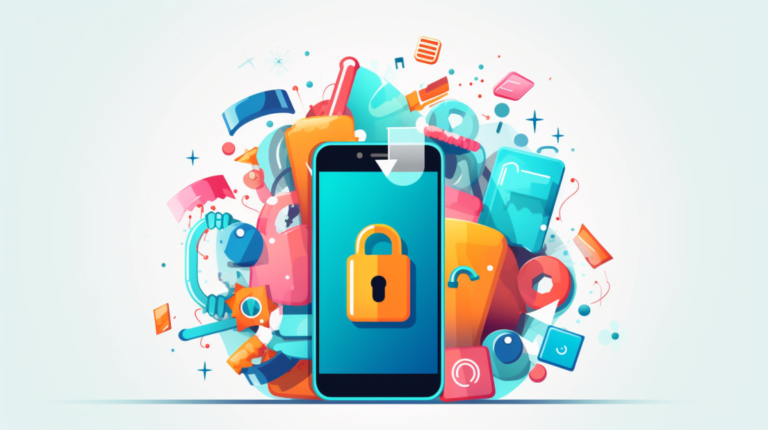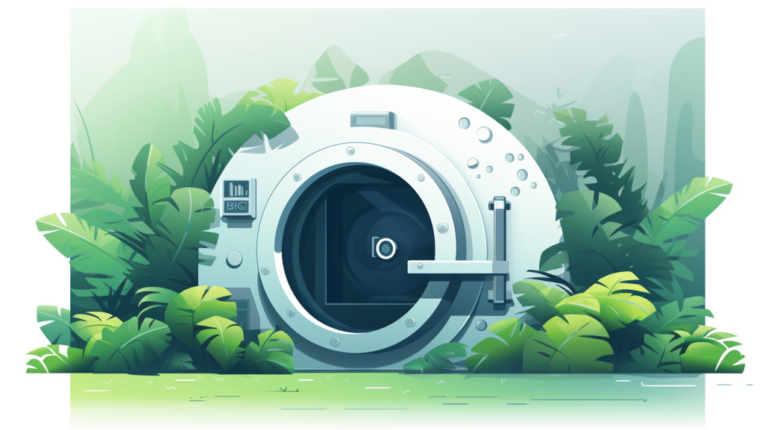Overdraft Protection: Worth It or Not?
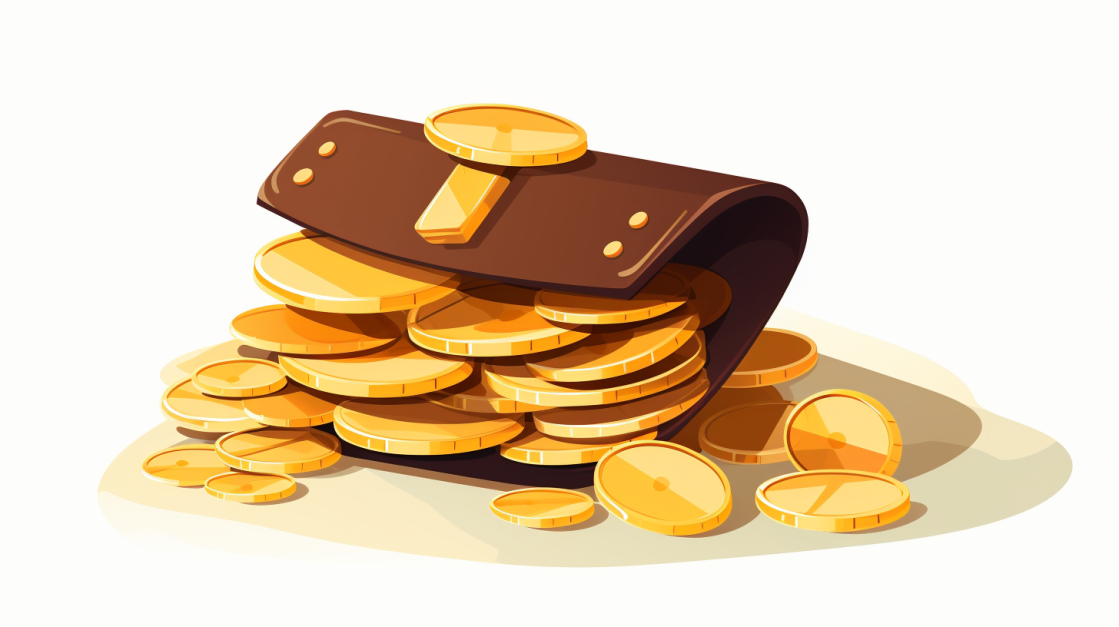
Unexpected bank fees can truly throw you for a loop, can’t they? Sometimes it feels like one moment your checking account is in good standing and the next- bam! Those sneaky overdraft charges are stealing away hard-earned money.
Banks typically zap up $35 per incident which can quickly snowball into financial stress if left unchecked. This post aims to give you a clear understanding of what overdraft protection is all about, its advantages and drawbacks.
More importantly, we’ll share effective strategies to sidestep those pesky fees along with practical tips on managing sudden cash shortfalls wisely. Ready to outsmart those inflated bank charges? Let’s dive in!
Key Takeaways
- Overdraft protection can help! If your account is short, the bank covers you. They won’t reject your card or check and will pay a bill even if there’s not enough money.
- Even though it’s helpful, overdraft protection costs extra. Banks charge a fee for each time they have to cover you. These fees add up fast!
- You’ve got options with overdraft protection: linked account, credit card or credit line. Choose one that’s right for you but watch out – every option might also cost some money.
- Careful planning can stop those high fees. Set up alerts to track how much money is left in your account! Linking accounts together or getting an account with no overdraft fees can keep more cash in your pocket too.
Understanding Overdraft Protection
Let’s start our journey by unraveling the mystery of overdraft protection. It is a service banks provide to cover transactions when your account balance falls short, saving you from transaction decline embarrassment or dreaded non-sufficient funds fees.
To make it simpler: if you spend more than what is in your bank account, instead of rejecting your card, the bank covers that amount and charges an ‘overdraft fee’. However, before diving into this financial poolhead-firstfirst, understanding how it works and what comes along with it can be key to maintaining a healthy banking relationship.
What is Overdraft Protection?
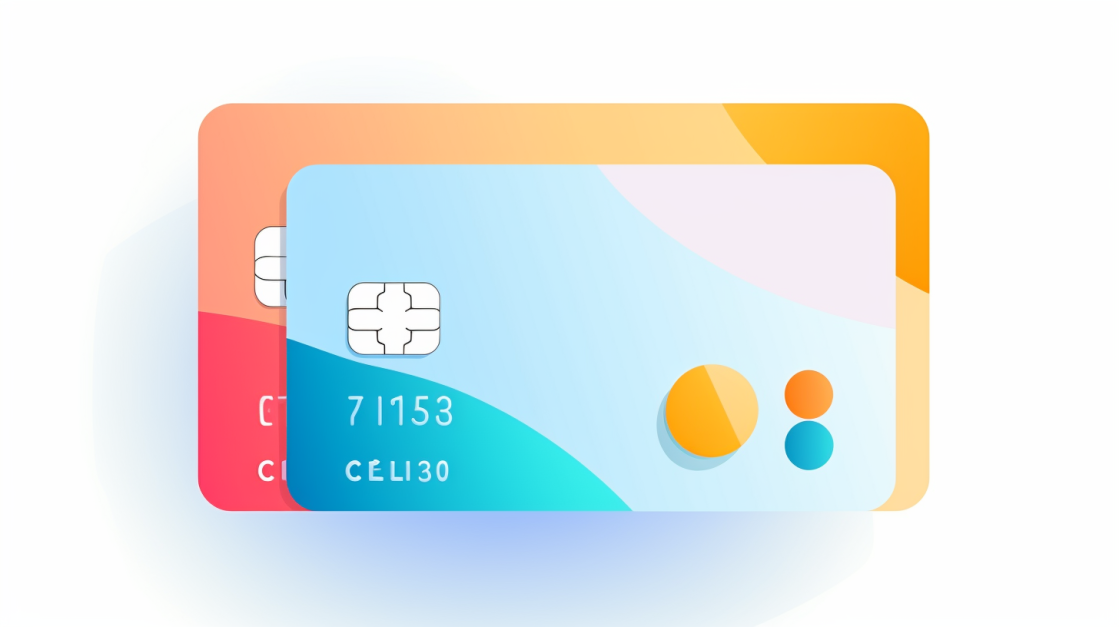
Overdraft Protection is like a safety net for your bank account. It lets you make payments even if there’s not enough money in your account. This can be handy with checks, ATM takeouts, and debit card buys.
By picking Overdraft Protection, the bank won’t stop these moves although it can cost extra fees. Now, you have to say “yes” to get this help from the bank. This wasn’t always true but rules have changed now!
How it Works
Overdraft protection covers you when your bank balance runs low. If a bill tries to pull more money than what’s in your account, you don’t have to worry. The bank pays for it instead of saying no to the bill.
Your checks, ATM actions, and card swipes all keep working.
But there is a catch. Banks like to get something back for helping out like this. They might charge an overdraft fee each time they cover you, but then shift cash from another place that belongs to you whenever possible.
This can be from your savings or even a line of credit with them.
Types of Overdraft Protection
There are several types of overdraft protection, which fall mainly into three categories: linked bank account, credit card, and credit line. Each one has its unique set up providing you a safety net when your account balance drops below zero.
A linked bank account connects to another of your accounts – such as a savings or secondary checking account – transferring funds automatically if an overdraw occurs. Alternatively, linking to a credit card works similarly but would transfer available balances from the card instead in case of insufficient funds.
Lastly is the credit line option where banks offer lines of credits that cover oversights by converting them into loans with interest rates attached.
Linked Bank Account
You can link two bank accounts for overdraft protection. This makes sure you always have money in your main account. The linked account could be a savings or another checking account.
If there’s not enough money in the main account, funds move over from the linked one right away. Overdraft fees won’t apply this way. You’ll rest easy knowing all your transactions go through without any hiccups.
Plus, no penalties get applied to your main account because it never runs out of cash with a linked backup!
Credit Card
You can link your overdraft protection to a credit card. This makes sure your purchases go through even if you don’t have enough cash in the bank. But be careful! Banks may ask for big fees when they cover shortfalls with credit cards.
To use this service, you must say yes to it first. And keep an eye out, as these high costs might apply to any purchases you make on credit.
Credit Line
A credit line is another way for your bank to cover you when you spend too much. It works like a small loan that kicks in if you run out of money. The bank lets you take more money than you have, up to a certain limit, and pays it back when there’s enough cash in your account again.
Using a credit line helps avoid penalties or failed transactions due to lack of funds. But they may also come with costs similar to those on a typical credit card; such as interest charges on the borrowed amount until paid off completely.
Therefore, it is important not only just to use but manage wisely so not getting into debt over time.
The Cost of Overdraft Protection

Overdraft protection may seem like a safety net, but there’s a cost attached – the notorious overdraft fees. These can quickly pile up if you’re not careful and your bank balance slips into negative territory.
Plus, some banks charge Non-Sufficient Funds Fee when your account falls short for transactions in addition to regular overdraft charges. It’s important to be aware of these potential costs before opting into any kind of overdraft coverage service offered by your bank.
Overdraft Fees
Banks hit you with overdraft fees if your account goes into the red. It’s a bit like a fine for spending money you don’t have. These fees can cost a lot of money! On average, one overdraft fee is around $35.
That means even buying a cheap thing could end up costing more than it’s worth if you’re not careful with your bank balance. Some banks won’t stop at just one fee in a day – they’ll charge multiple times if several transactions fail due to insufficient funds in your account! Luckily, some banks limit how many times they can do this in one day.
Even still, these charges can add up fast and quickly take quite the bite out of your wallet.
Non-Sufficient Funds Fee
A Non-Sufficient Funds fee happens when a bank account balance is too low. It comes into play if I try to pay for something and there isn’t enough money in my account. Banks charge a fee because they must cover the cost of the payment I tried to make.
This can lead to one big problem: the fees pile up fast! At times, banks may even take out $35 or more for each attempt at making a payment from an empty account.
Advantages and Disadvantages of Overdraft Protection
In this section, we’ll explore the double-edged sword that is overdraft protection, detailing both the benefits of having this safety net when your account balance runs low and the drawbacks that make it a contentious feature for many bank customers.
Pros of Overdraft Protection
Overdraft protection is great for many reasons. It lets you make payments even when your bank account balance is too low. This can be a life saver in an emergency! You won’t have to worry about your card getting declined at the store or gas station.
This service also keeps private your financial situation, so people and shops don’t find out that you’re out of money. Overdraft protection steps in and pays, this saves you from paying high penalties for non-sufficient funds fees or having checks bounce back – which could hurt your banking relationship.
Cons of Overdraft Protection
Overdraft protection has some down sides, too. Banks can stack up high fees for it. Getting this service is no longer free with all checking accounts and you must ask for it first.
An issue is that even after opting in, you might face fees if your account runs dry more than once in a short time. Also, overdraft protection may not cover every type of transaction; some could fail when you rely on it the most.
Another problem lies in our behavior: having an overdraft safety net may tempt us to overspend which hurts our bank balance over time. Finally, doing so often can make the bank think we are bad at handling money and hurt our image there.
What Happens Without Overdraft Protection?
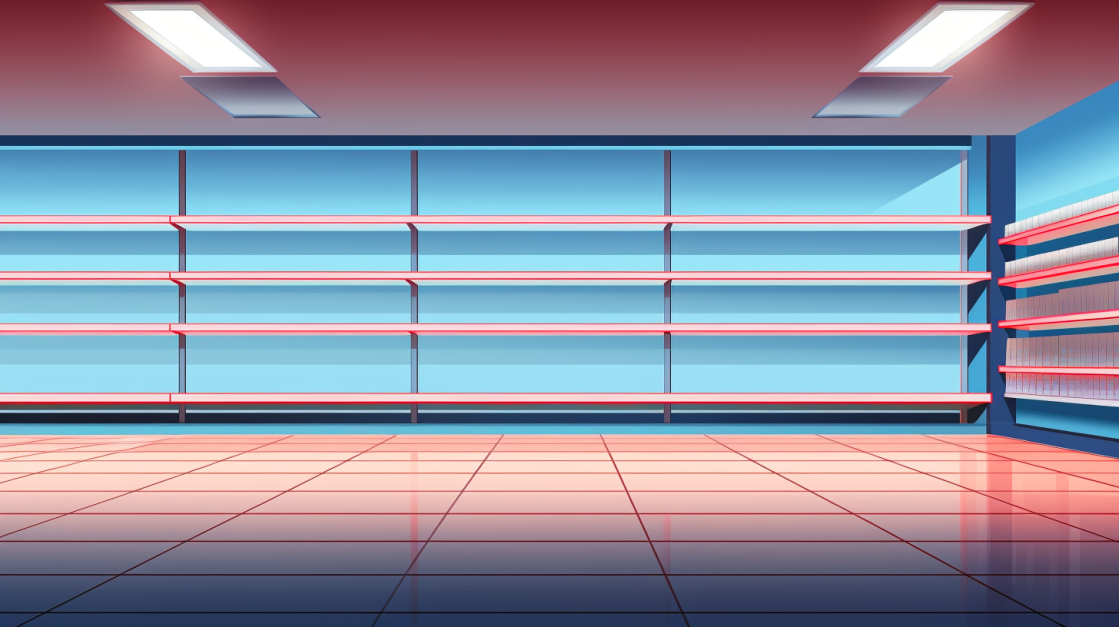
Life can get a bit tough without overdraft protection. You may face times when you want to buy something, but there’s not enough money in your account. Yet, the store might still let it slip through.
This is called an “overdraw“. Your bank will see this and say “Hey, you don’t have enough!” They might stop the sale or pay for it themselves. But beware! If they do, that comes with steep costs called overdraft fees which pile up fast! Or sometimes banks just won’t let any more deals go through if your cash runs too low – this means declined transactions left and right.
Automatic payments like bills also risk being stopped cold by your bank when the funds run dry; late fees could then follow from those bill companies! These problems can hurt how others see your ability to manage money well (your credit score).
They make future banking related stuff much harder for you!
Strategies to Avoid Overdraft Fees
Unwanted overdraft fees can put a dent in your finances, but there are effective strategies to help avoid them. Some tactics include setting up account alerts, using the link-to-another-account feature, or even finding banks that don’t charge these pesky fees – all of which I delve into more deeply in the following paragraphs.
There’s no time like the present to get started on reigning in those charges and taking control of your money!
Sign Up for Account Alerts
Let’s talk about a smart way to avoid overdraft fees – account alerts! If you sign up for these, your bank will tell you when your money is running low. This tip-off can stop an overdraft before it happens.
You can also use account alerts to keep track of what’s going on with your cash. They let you know if there’s odd or fishy activity in real time so you can act fast. These helpful messages can come from your bank or from budgeting apps that keep tabs on spending.
Getting set up with account alerts is easy and smart money managing!
Link Another Account or Credit Line to Your Checking Account
Linking your checking account to another account can save you a lot of stress. You could link it to a savings account, another checking account, or even a credit line. If you don’t have enough cash in your main checking account, the bank takes money from the linked one! It’s like having a backup plan for paying bills and buying stuff when funds run low.
And guess what? Some banks don’t charge fees if they shift money from your savings to cover an overdraft. So go ahead and check out this smart trick with your bank today!
Find a New Bank
One way to avoid high overdraft fees is by switching banks. Some banks now offer accounts with no overdraft fees at all. SoFi Bank, for example, has a checking and savings account called SoFi Money which does not charge any overdraft fees.
You can also earn a high annual percentage yield (APY) on your money with them. Making the switch could save you money in the long run if your current bank hits you with hefty penalties whenever you overdraw from your account.
It’s worth taking the time to look into other banking options out there!
Opt Out of Overdraft Protection Services
Saying no to overdraft protection is one choice you have. If you do, the bank won’t let your balance dip below zero. They will say a simple “no” when there isn’t enough money in your account for a payment or cash withdrawal at an ATM.
This means that card swipes and ATM withdrawals can get turned down if your account has too little money. But this comes without the extra costs of an overdraft fee! So, even though it might feel a bit awkward when a payment bounces, opting out can save you some serious dough.
Conclusion
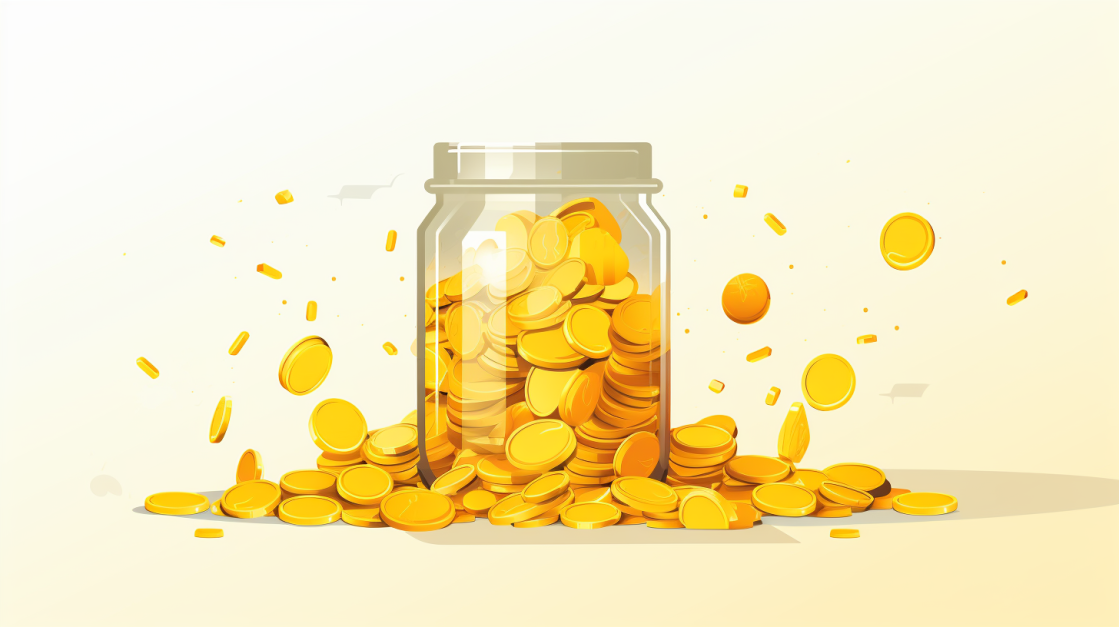
Overdraft protection can be your best friend or worst foe. It could save you from trouble when funds run low but may cost you big fees. Think about it well and choose what is best for your own money habits.
FAQs
1. What is overdraft protection?
Overdraft protection is a banking service that helps you avoid transaction failure from insufficient funds. It covers debit transactions, ATM transactions and other payments when your account lacks money.
2. How can overdraft protection benefit my financial journey?
With overdraft protection, you won’t face late bill payment fees or get bad checks on bank statements that could harm your credit score at the financial review board – helping to maintain better financial fitness.
3. Are there any costs to using overdraft services?
Yes, while benefits like emergency transactions coverage exist, it comes with an overdraft fee range. Therefore it’s crucial to look into potential cost and drawbacks before opting in for the service with consumer banks or other financial institutions.
4. Could backup sources feed my account during an overdraw condition?
Yes! Options such as SoFi Checking and Savings Account allows direct deposits from qualifying jobs/sources, peer-to-peer transfers using Automated Clearing House network and even cash advances as backup sources to refill accounts amid potential risks of over-withdrawing.
5.What takes place if I abuse the Overdraft Protection Service?
The Consumer Financial Protection Bureau protects against any misuse of these services including excessive recurrent usage which may lead towards penalties enforced by ChexSystems – affecting future interactions with banks.
6.How are alerts provided under this system?
Typically with modern banking methods such as SoFi Bank Debit Mastercard – registered users can receive text/email alerts about their account status along with options for wire-transfers; empowering control in hands of customers regarding their personal finances.

